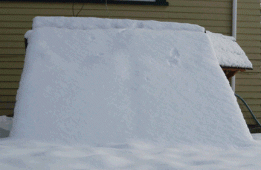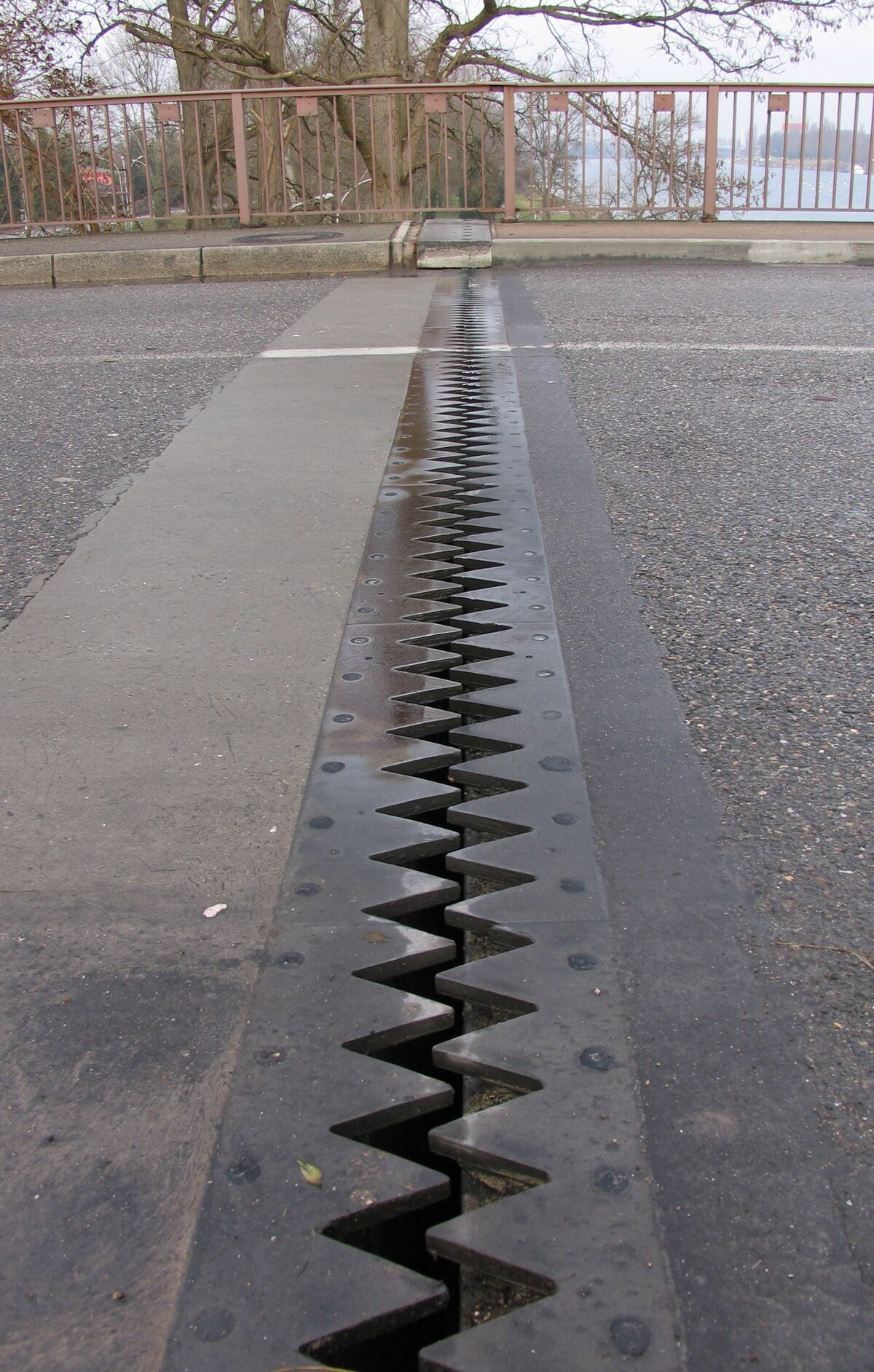curiouscarbon
Science Penguin
- Joined
- Jun 29, 2020
- Messages
- 3,024
thank you very much for the experiments and sharing the results. i commend your risking your panel to learn something. hats off to you. may your panels operate long time ?Today I set this test up again, yes, at 40vDC there is nearly zero Amp - measured with an accurate meter 0.2 Amps, no wonder it took over an hour to clear one panel. So I swapped the bench source with a higher voltage unit, this one can go to 60vDC, but only 5Amps. Accounting for the temperature Delta, I calculated the Max Voc to be 54vDC, so set the bench source to this, and max Amps (5A) and connected it up, the panel drew 5.1A, this warms the panel much faster.
But to set this up 'full scale' on a 2S-3P arrary I would need a controlled power source capable to deliver 108vDC, 30A - I would have to build something to do this, I don't have any DC sources higher than 60vDC, -LiFePO4 batteries 34S? (series connect two 17S)
Meanwhile, playing with a single panel is one thing, risking six panels, not so sure about doing that!
i do not live in a snowy area, but this concept still is super interesting to mitigate the energy loss pattern that comes with snow accumulation.






